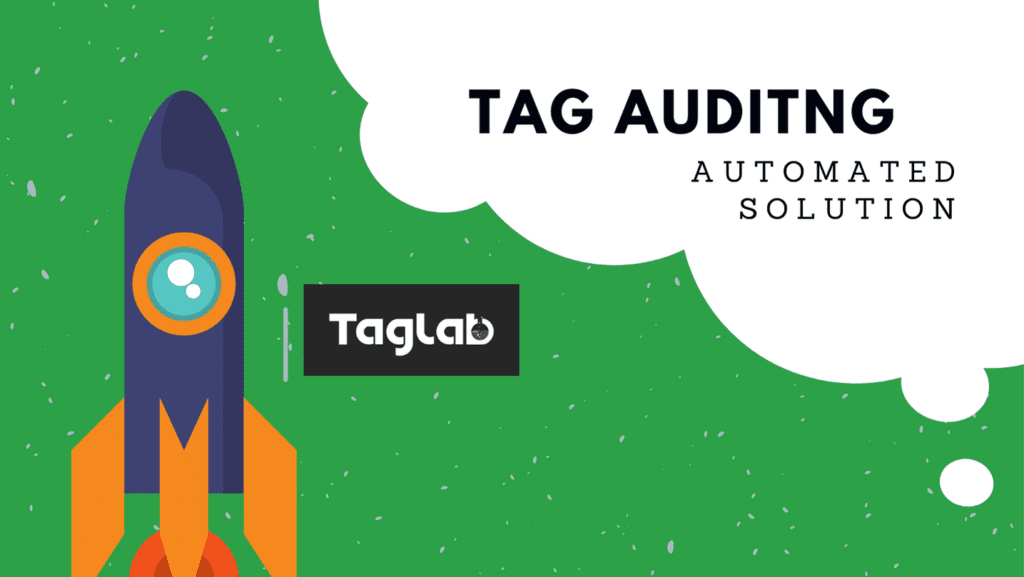Your cart is currently empty!
How to set up an automated marketing tracking monitoring and quality assurance process
Posted by:
|
On:
|

Maintaining accurate tracking data is vital for successful marketing and analytics. To establish ongoing monitoring and maintenance, it is essential to set up automated tracking testing and quality assurance processes. In this post, we will explore a recommended methodology to ensure reliable tracking, covering key steps such as defining objectives, designing tests, analyzing results, addressing issues, and fostering continuous improvement.
Define Objectives and Key Metrics
Start by clearly defining your tracking objectives and the key metrics you need to monitor. Identify the critical pages, conversion paths, and user interactions that require consistent and accurate tracking. Determine the specific data points, events, or conversions that you want to capture to inform your marketing strategies effectively.
Design Comprehensive Test Scenarios
Develop a range of comprehensive test scenarios that cover different user journeys and actions. Consider various devices, browsers, and operating systems to ensure compatibility. Test the implementation of tracking codes, tags, and data layers across all relevant touchpoints. Create detailed test cases that validate the accuracy and reliability of your tracking mechanisms.
Map Assets for Testing
Create a detailed inventory of all the tracking assets used on your website or application, associated to each site section or specific user journey path. This includes tags, pixels, scripts, data layers, and any other tracking mechanisms employed. Document the purpose and expected behavior of each asset, along with the corresponding data points or events it should capture. This mapping exercise ensures comprehensive coverage during testing and facilitates tracking asset management.
Implement Automated Testing Tools
Leverage automated testing tools to streamline the testing process and increase efficiency. These tools can simulate user interactions, capture tracking data, and generate reports for analysis. Choose a reliable tool that suits your specific requirements and integrate it into your testing workflow.
Analyze Test Results
Carefully analyze the test results to identify any discrepancies or issues. Compare the expected data points with the captured tracking data. Pay attention to missing or inaccurate information, inconsistent tracking events, or unusual patterns. Thoroughly document the results for further analysis and reporting.
Address Tracking Issues
When tracking issues are identified, promptly address them to ensure accurate data collection. Follow a systematic approach to report and prioritize issues based on their impact on marketing decisions. Collaborate with relevant stakeholders, such as developers or third-party providers, to resolve the issues effectively. Regularly communicate progress and provide updates until the issues are successfully resolved.
Foster Continuous Improvement
Establish a culture of continuous improvement by regularly reviewing and enhancing your tracking testing and quality assurance processes. Stay updated with industry best practices and technological advancements. Seek feedback from analytics users in your organization such as marketing teams, brand teams, product team, or any other relevant stakeholders to identify areas for improvement. Implement new test cases, optimize existing ones, and integrate emerging technologies to enhance the reliability and efficiency of your tracking processes.
Conclusion
By implementing effective automated tracking testing and quality assurance processes, you can ensure ongoing monitoring and maintenance of accurate and reliable tracking data. By defining objectives, designing comprehensive tests, analyzing results, addressing issues promptly, and fostering continuous improvement, you can optimize your marketing strategies and make data-driven decisions with confidence. Embrace this methodology to ensure the integrity of your tracking efforts and maximize the value of your marketing and analytics initiatives.
[smart_post_show id=”16588″]



